We all dream though no one really knows why. We do know that most of our dreams occur during the Rapid Eye Movement or REM stage of sleep. REM sleep, which lasts for an hour or two during the middle of a good night’s sleep, is characterized by quick left-right, up-down movements of our eyes even while our eyelids are shut. REM sleep is also the period of sleep where brain activity peaks when measured with an electroencephalogram or EEG.

We generally have three to four dreams a night and they can last from as little as just a few seconds to as much a half an hour. The content of our dreams can vary from the fantastical to the ordinary but unfortunately most of our dreams are quickly forgotten once we’ve woken up. One thing the scientists have discovered is that dreams are more likely to be remembered if we are awakened during REM sleep, in other words just as we’re dreaming.
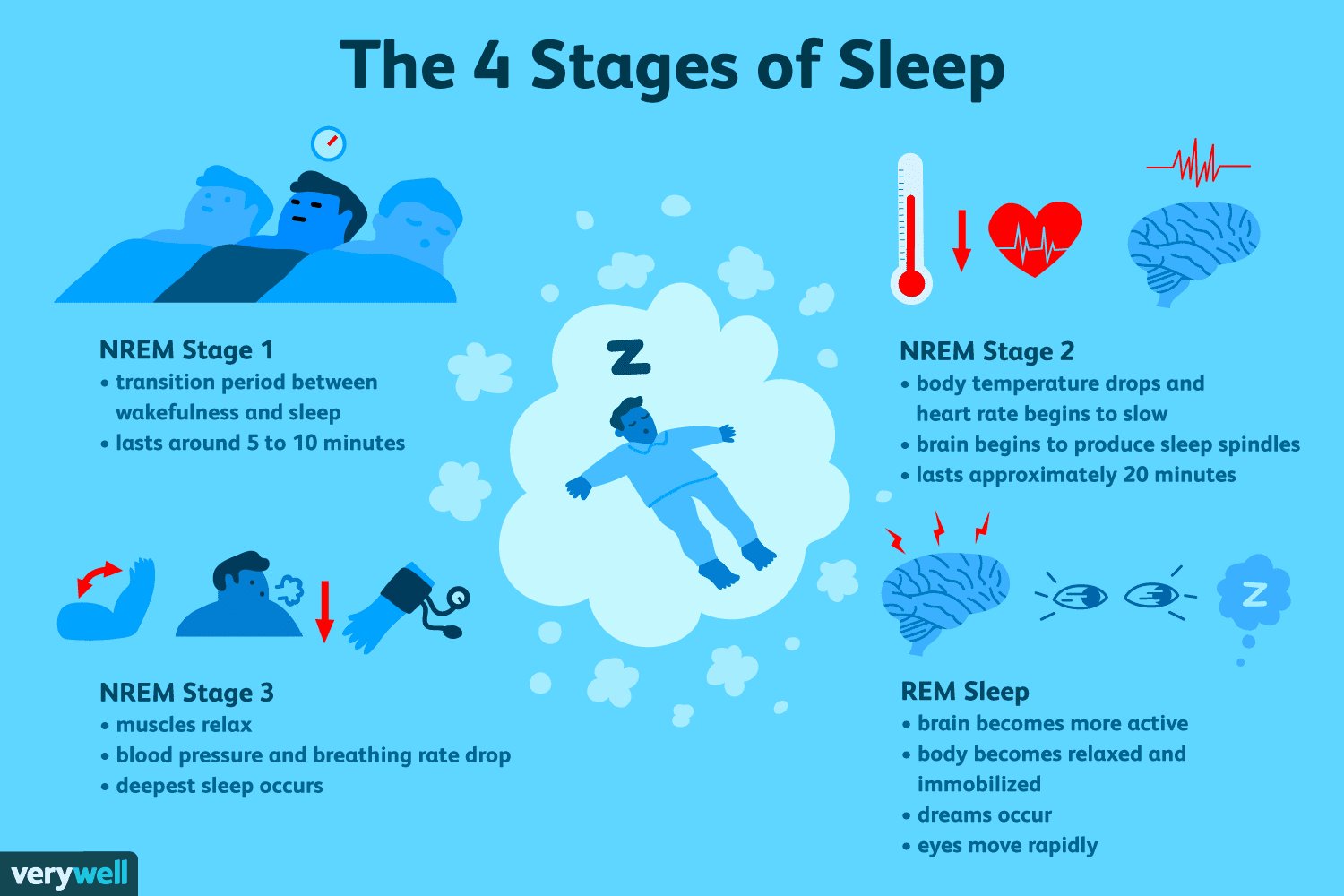
We tend to dream less as we age with older people dreaming only about a fifth of the time they are asleep while babies can dream as much as half the time they sleep. And people who have been blind for most of their lives dream with their other senses.
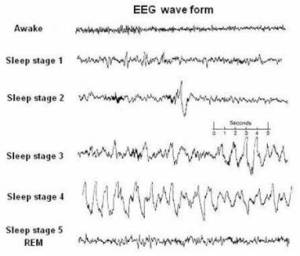
A little more than a century ago the psychologist Sigmund Freud developed the idea that our dreams were an expression of our secret desires or repressed fears. In other words if we have the hots for a certain actress we may dream about her or if our boss has been riding us hard then we’ll dream about standing up to him. Freud also asserted that almost everything in a dream was related to sex in some way.
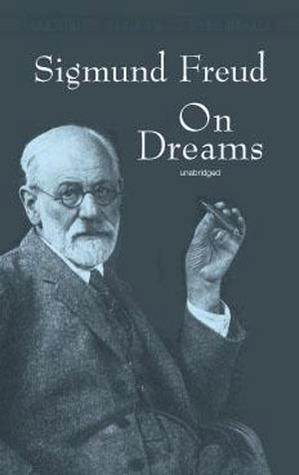
Few psychological researchers today subscribe entirely to those concepts. Instead dream research has indicated that some dreaming is involved in memory formation, our brain taking the day’s events, stored in the hippocampus, and turning them into long term memories that are stored in the neocortex. At the same time however many dreams appear to be composed of nothing more than random brain activity.
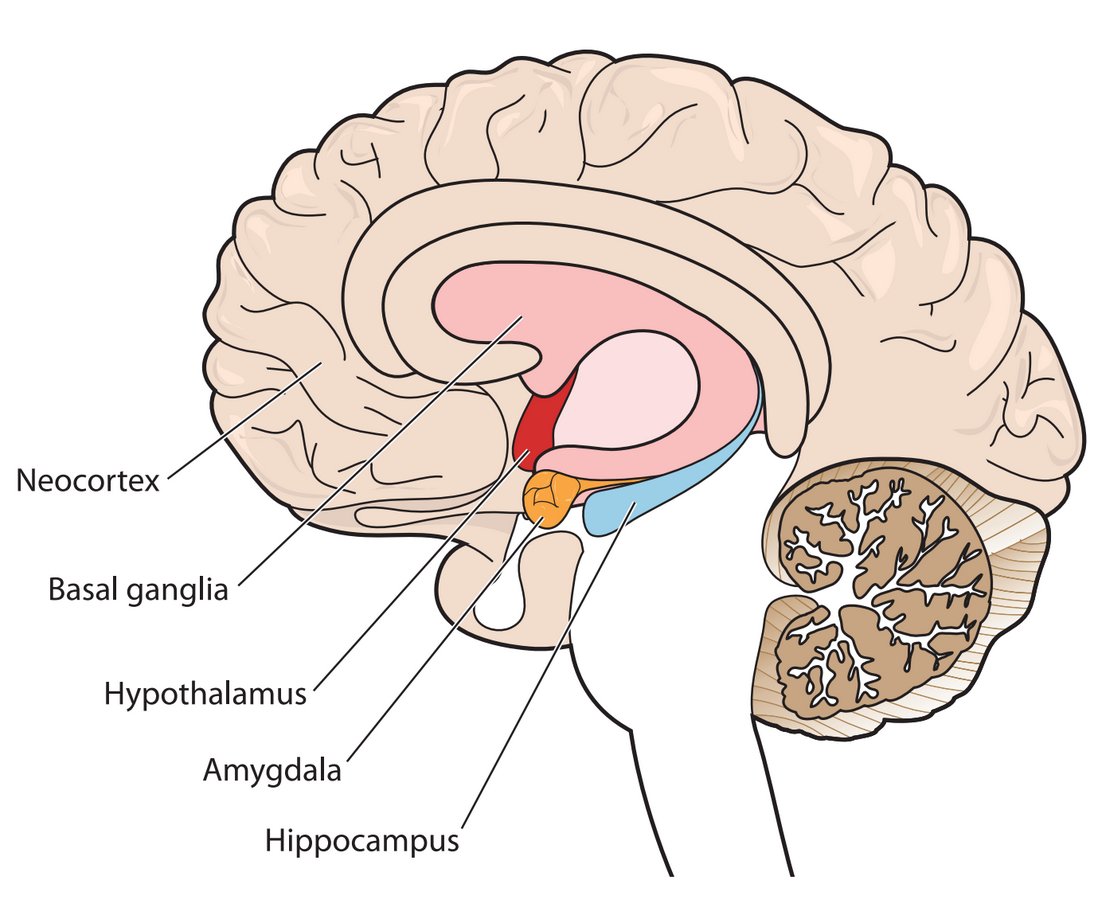
One particular type of dreaming has become the subject of a considerable amount of study in the last few years. This type has been given the name ‘Lucid Dreaming’ and is defined as those dreams where we know that we are dreaming. Not everyone has these dreams but those who do often report being able to control their dreams to some extent. One thing that dream researchers have discovered is that some people can learn to lucid dream and with practice even become better at it.
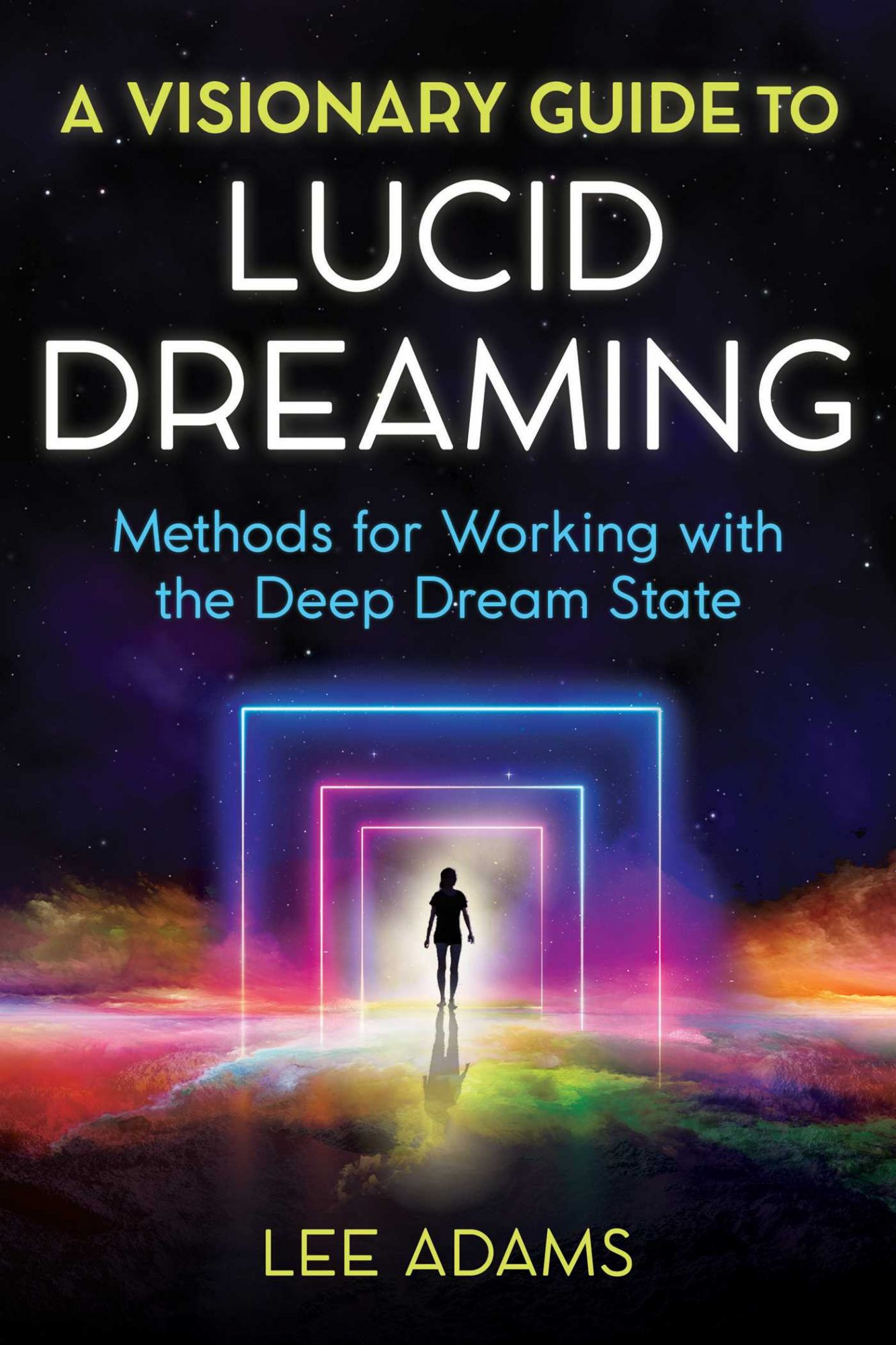
Now researchers at Northwestern University, in cooperation with colleagues at Osnabrü University in Germany, the Paris Brain Institute, Radboud University in the Netherlands and the University of Bologna in Italy have succeeded in communicating with sleeping test subjects while they are having lucid dreams. The test subjects for the study consisted of 36 student volunteers across the four Universities, each of whom had experience in lucid dreaming.
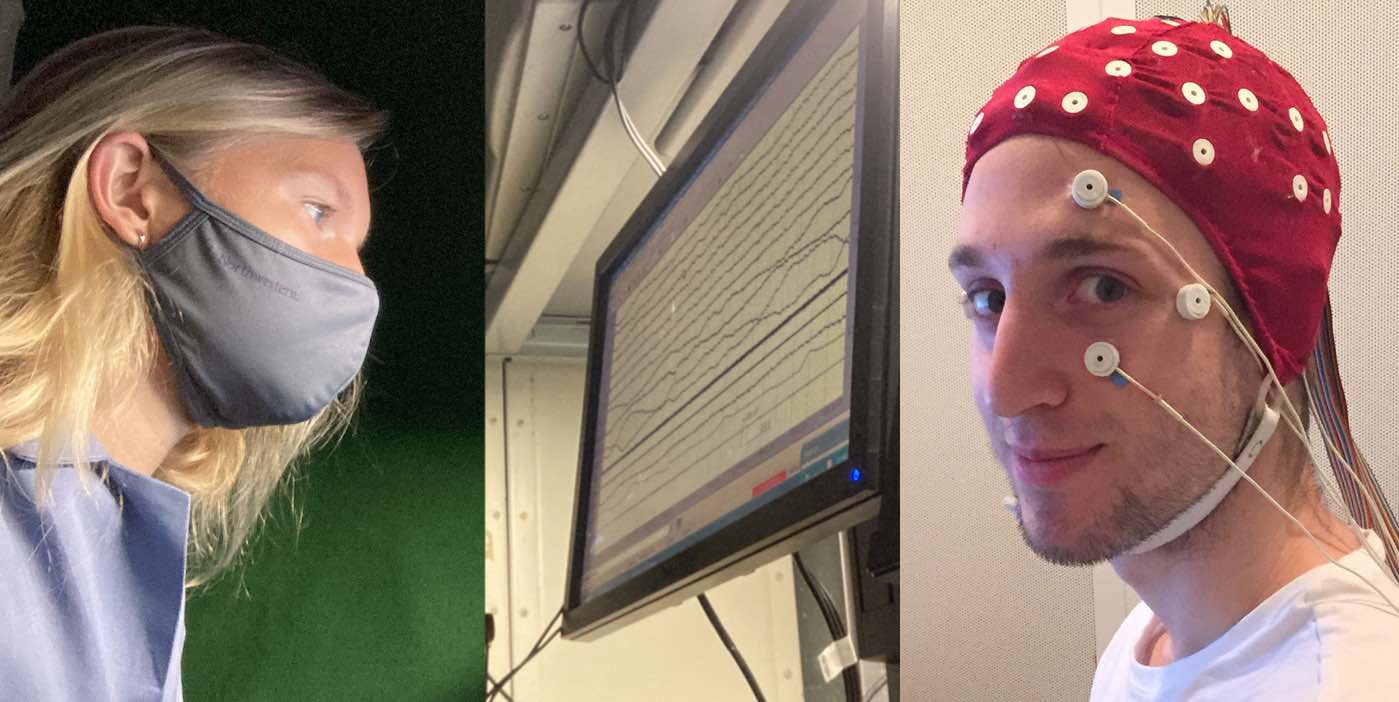
The study was carried out simply enough; the test subjects were allowed to go to sleep after being wired up to an EEG. Once the subject had entered REM sleep, as confirmed by both the EEG as well as observing eye movement, they were asked simple questions such as ‘can you speak Spanish’ or to solve easy arithmetic problems like ‘what is eight minus two’. Other tests included having the test subject count the number of times a light was flashed in the labouratory or even whether or not they were being touched by the researcher. The test subjects had all been told before going to sleep to reply to the questions with movements of their eyes and the researchers watched carefully for any response.
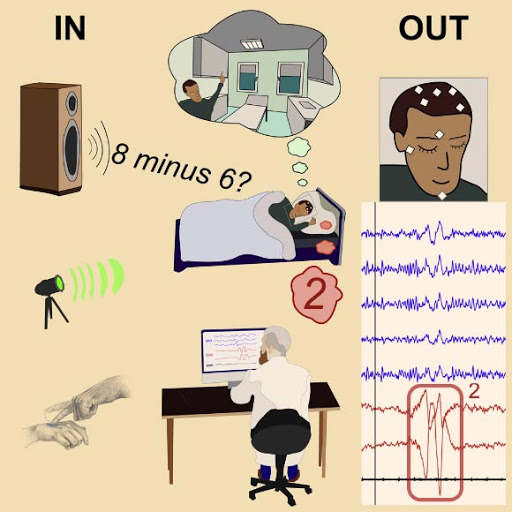
Forty-nine percent of the time the test subjects responded with the correct answer clearly showing that communicating with a dreaming individual is possible. When woken up and asked about how they ‘heard’ the questions they’d been asked many test subjects replied that the sound just seemed to come out of the air, as if it were not a part of the dream. Others individuals however experienced the questions as a part of the dream; one even related that they heard the questions over a radio that was in the dream.
According to psychologist Ken Paller from Northwestern, a participant in the study and co-author of the paper. “We found that individuals in REM sleep can interact with an experimenter and engage in real time communication.”

Now a 47% correct response is not a great success rate, but it is a start, and the psychologists hope that before long they will be able to develop ways of improving on that figure. If a reliable technique for asking people about their dreams, while they’re dreaming can be found it may go a long way to helping us discover how, and why it is that we dream.
